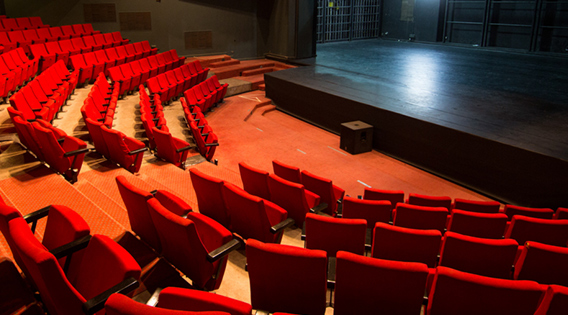
Although theatre, as an art form, is said to have been present during the time of the pharaohs, the theatre most of us are familiar with today didn’t exist in Egypt until fairly recently—starting in the late 18th century, to be precise.
Ancient Greece is known to have been the birthplace of modern theatre, with their tragedies, comedies and satires being both studied and performed to this very day. It is believed, however, that some form of theatre preceded this both in Greece and Ancient Egypt.
These Ancient Egyptian shows were quite different from the drama we are familiar with today however, and were most likely ritualistic and religious in nature, without a certain type pf structure or storyline to it. That being said, we will look more closely at the evolution of modern ‘dramatic’ theatre in Egypt.
Egypt’s Introduction to Theatre
According to information provided through Egypt’s State Information Service (SIS), theatre first appeared in Egypt during the French campaign in 1789. Almost a century later, in 1869, Khedive Ismail established the French Comedy Theatre and the Opera House as part of celebrations he had prepared on the occasion of opening the Suez Canal.
During this time, theatre in Egypt was heavily influenced by European culture and therefore adopted the same format of drama. In that sense, theatre was introduced in its traditional European sense, with court-style theaters and long complex dramas being performed.
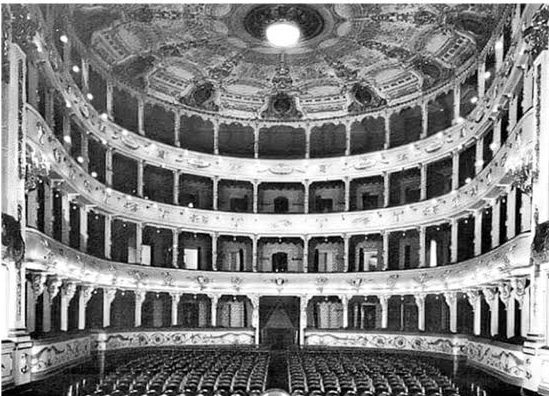
As stated in a 1935 article entitled ‘The Arabic Theatre in Egypt’, published by Cambridge University Press and written by Nevill Barbour, “the establishment of theatre in Egypt, like many other Western innovations, was aided by the initiative of the Khedive Ismail.” It was indeed Khedive Ismail who encouraged theatre to thrive in Egypt—even the now world-renowned opera Aida by Verdi was actually commissioned by Khedive Ismail for the opening of the Suez Canal, but it was not completed in time.
As time passed, theatre evolved in Egypt and began to adopt more culturally-specific aspects, having had more and more plays written and performed in Arabic and tying in stories and contexts that reflect Egyptian society, as opposed to European social and cultural themes.
It wasn’t until the year 1921, however, that Egypt finally established its first national theatre. Widely considered to be the art form’s golden age in the country, the early 20th century was a pivotal period in time for the development of Egyptian theatre.
The Golden Age of Egyptian Theatre
During the early 20th century, Egypt saw a multitude of sociopolitical changes—having initially been under British rule and occupation, and then transitioning into a republic following the 1952 revolution.
As such, theatre in Egypt naturally saw a ton of experimentation during this time. Preceding this, the country had already established itself as an artistic hub, which saw many artists migrate to Egypt in search of creative and social freedom.
According to an American Theatre article by Joseph Fahim, there existed two main brands of theatre at the time, those being “the comic theatre, represented by the companies of Naguib Al Rihani and Ali El Kassar, and the dramatic theatre, represented by the legendary company of Youssef Wahbi, which incorporated the biggest stage performers of the time.”
As previously touched on, over time—most notably following the 1952 revolution—Egyptian Theatre evolved to include more culturally specific aspects. Classical texts were put aside and legendary Egyptian playwrights such as Tawfik Al Hakim, Youssef Idris, Alfred Farag and Noaman Ashour started to emerge onto the scene, producing wonderfully original and Egypt-centric pieces that are still highly regarded, celebrated and performed to this day.
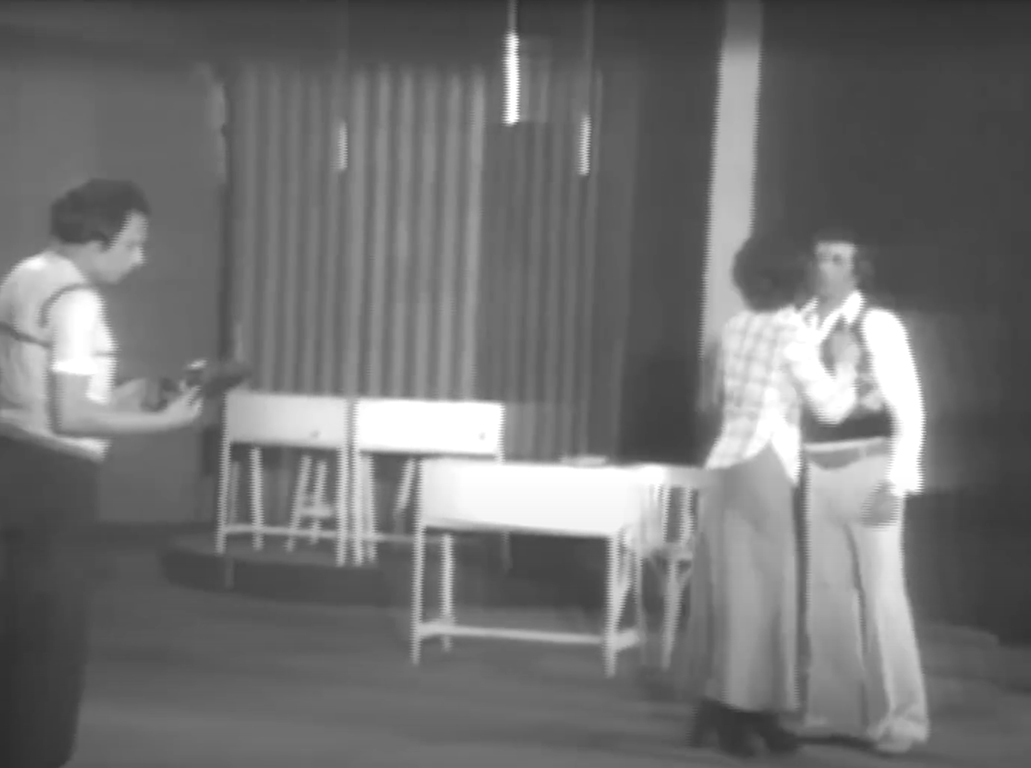
Comic theatre also started to steal the spotlight away from dramatic, poetic or political theatre as more and more people veered towards comedic performances such as those of Fouad Al Mohandes. Comic theatre continued to rise in popularity, and by the 1960s and 70s, Egyptian audiences were regularly attending theatrical plays in order to enjoy a good laugh from the likes of Adel Imam and Mohammed Sobhi.
This was the time when timeless plays, such as Madraseit El Moshaghbeen (The School of Troublemakers, 1973) and Al Motazawegoon (The Married Couples, 1978), emerged, and they are still widely revered and loved by Egyptians today.
It wasn’t until the 1980s that Egyptian theatre slowly started to lose its appeal and began deteriorating. This was due, in large part, to former Egyptian President Anwar Sadat’s open door economic policies, which were introduced in the 1970s. As the country’s sociopolitical climate started to change drastically and economic hardship affected more and more Egyptians, little thought or importance was given to theatre—or the arts in general.
As such, barely any effort was put into the development of Egypt’s theatre scene following that time. However, theatre—and Egypt’s arts and culture scene in the general sense—has been making a slight comeback after the 2011 revolution.
How Theatre Lives on in Egypt Today
Theatre is very much alive and well in Egypt today, with more and more people trying to revive the scene. Although it may still not be as widely popular or as highly regarded—especially when compared to Egyptian cinema, for example, the importance of the art form has been more widely recognized in recent years.
Following the 2011 revolution, Egypt saw a surge of politically infused plays, bringing back to light this amazing platform of expression. Over the years, younger Egyptian generations have made efforts to experiment and re-introduce theatre under new perspectives—infusing plays with poetry, dance, projection and experimenting with different styles of writing.
In addition to this, more and more festivals and events have popped up over the years that have managed to both attract local and international theatre-makers, bringing them together to offer Egyptian audiences a new theatre experience.
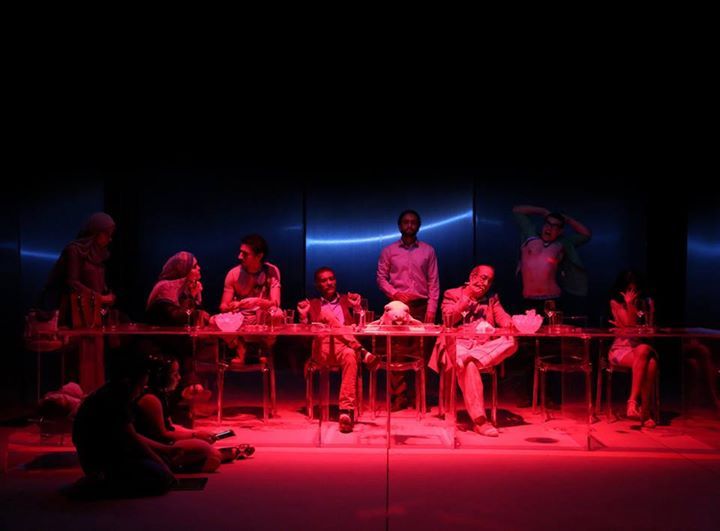
An example of one of these festivals is the annual Downtown Contemporary Arts Festival (D-CAF), which first started taking place in 2012. This multidisciplinary festival is the ultimate hub for contemporary arts and artists alike, attracting art-lovers from all walks of life. When it comes to theatre, the festival always manages to introduce fresh local talent and offers a theatre experience quite different from that of the 1960s and 70s.
Current theatre-makers are making efforts to build Egypt’s theatre scene anew, somewhat demolishing this idea of a rather old-fashioned comic slapstick style theatre experience that Egyptian audiences once knew and loved. Rather, they are introducing an energetic and dynamic theatre experience that aims to make statements as opposed to merely entertain. Yes, entertainment is still a main aspect of it, yet Egypt’s theatre-makers of today also aim to give voice to that which may have been deemed unspeakable over the years; they aim to highlight the power, influence and beauty of the arts.
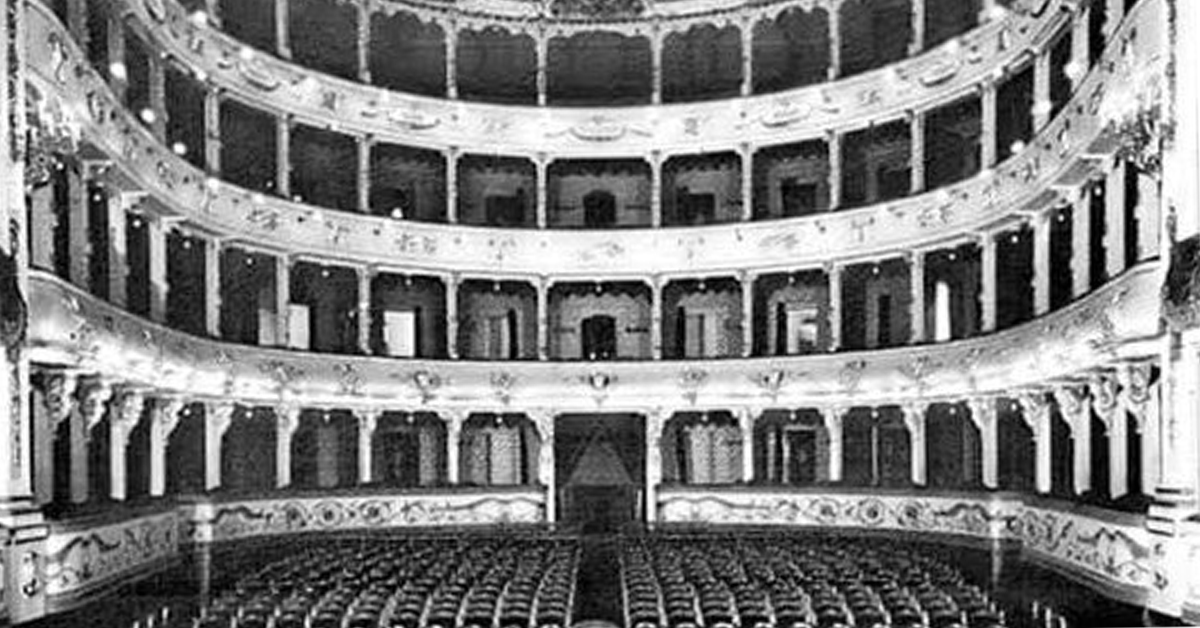






Comments (3)
[…] رابط النص الأصلي […]
[…] From Comedy to Tragedy: A Brief History of the Evolution of Theatre in Egypt […]